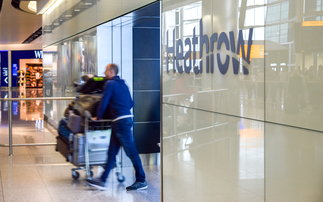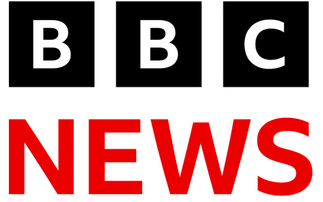Vodafone worked with Teradata and Anderson Harvy, and is also using tools from MicroStrategy, Tableau and IBM
Vodafone Ireland has worked with Anderson Harvy and Teradata in order to use operational support system (OSS) data in a bid to improve customer experience. The company had been working with Tera...
To continue reading this article...
Join Computing
- Unlimited access to real-time news, analysis and opinion from the technology industry
- Receive important and breaking news in our daily newsletter
- Be the first to hear about our events and awards programmes
- Join live member only interviews with IT leaders at the ‘IT Lounge’; your chance to ask your burning tech questions and have them answered
- Access to the Computing Delta hub providing market intelligence and research
- Receive our members-only newsletter with exclusive opinion pieces from senior IT Leaders























